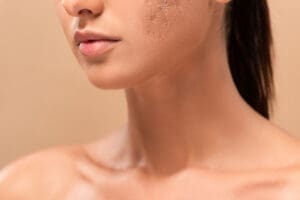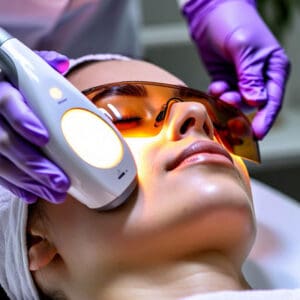Dermal fillers have become a popular and effective way to restore volume, smooth lines, and enhance facial features. But what happens when the results aren’t what you expected? Whether due to overfilling, asymmetry, or simply a change of heart, filler removal is a safe and effective option for correcting or reversing results.
Why Someone Might Want to Remove Filler
While most patients are thrilled with their results, there are a few common reasons why someone may choose to remove their filler:
- Overfilled or unnatural appearance
- Lumps, bumps, or migration of filler
- Asymmetry or uneven results
- Desire to return to a more natural look
- Change in aesthetic goals or preferences
What Is Hyaluronidase?
Hyaluronidase is an enzyme used to dissolve hyaluronic acid-based fillers (like Juvederm, Restylane, and others). It works by breaking down the filler particles, allowing the body to absorb and eliminate them naturally.
It’s important to note that this only works on hyaluronic acid fillers, not other types of dermal fillers like Radiesse or Sculptra.
It’s important to note that this only works on hyaluronic acid fillers, not other types of dermal fillers like Radiesse or Sculptra.
What to Expect During Filler Dissolving
The process is typically quick and relatively straightforward:
- Consultation: We evaluate your concerns and determine whether filler removal is appropriate.
- Treatment: Hyaluronidase is injected directly into the areas where filler needs to be dissolved.
- Results: You may see improvement within a few hours to a few days. In some cases, multiple sessions are needed.
Is It Safe?
Yes—when performed by a qualified medical provider, filler dissolving is safe and effective. We always conduct a patch test for allergies and use precise injection techniques to minimize risk and ensure natural-looking results.
What Happens After Removal?
Once your filler is dissolved, we’ll assess your facial structure and natural volume. From there, we can:
- Leave the area as-is for a natural look
- Re-inject filler conservatively, if desired, for improved or more balanced results
Final Thoughts
Filler removal is nothing to be embarrassed about—it’s part of the flexibility that makes hyaluronic acid fillers such a safe, adaptable option. If you’re unhappy with your current results, you don’t have to live with it.



